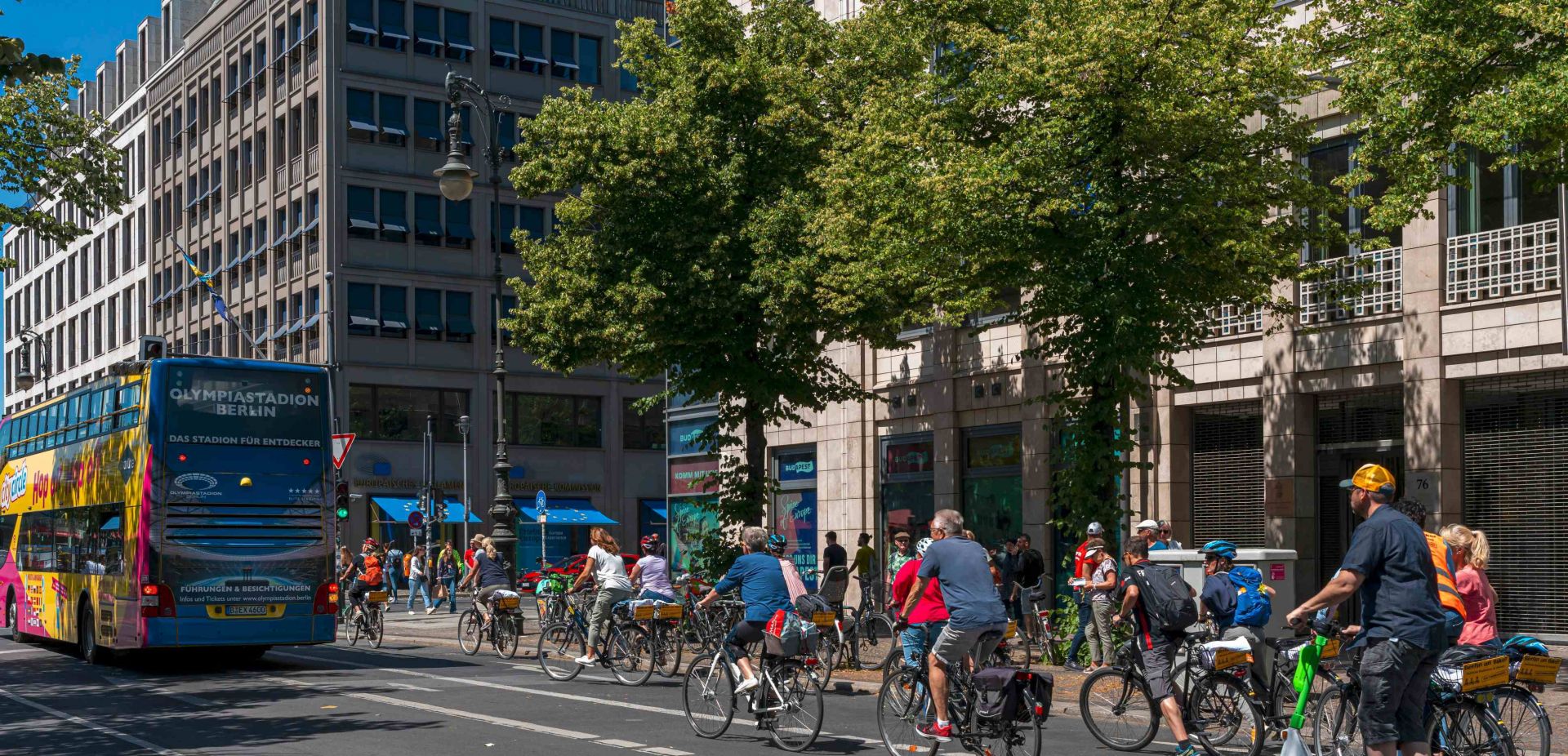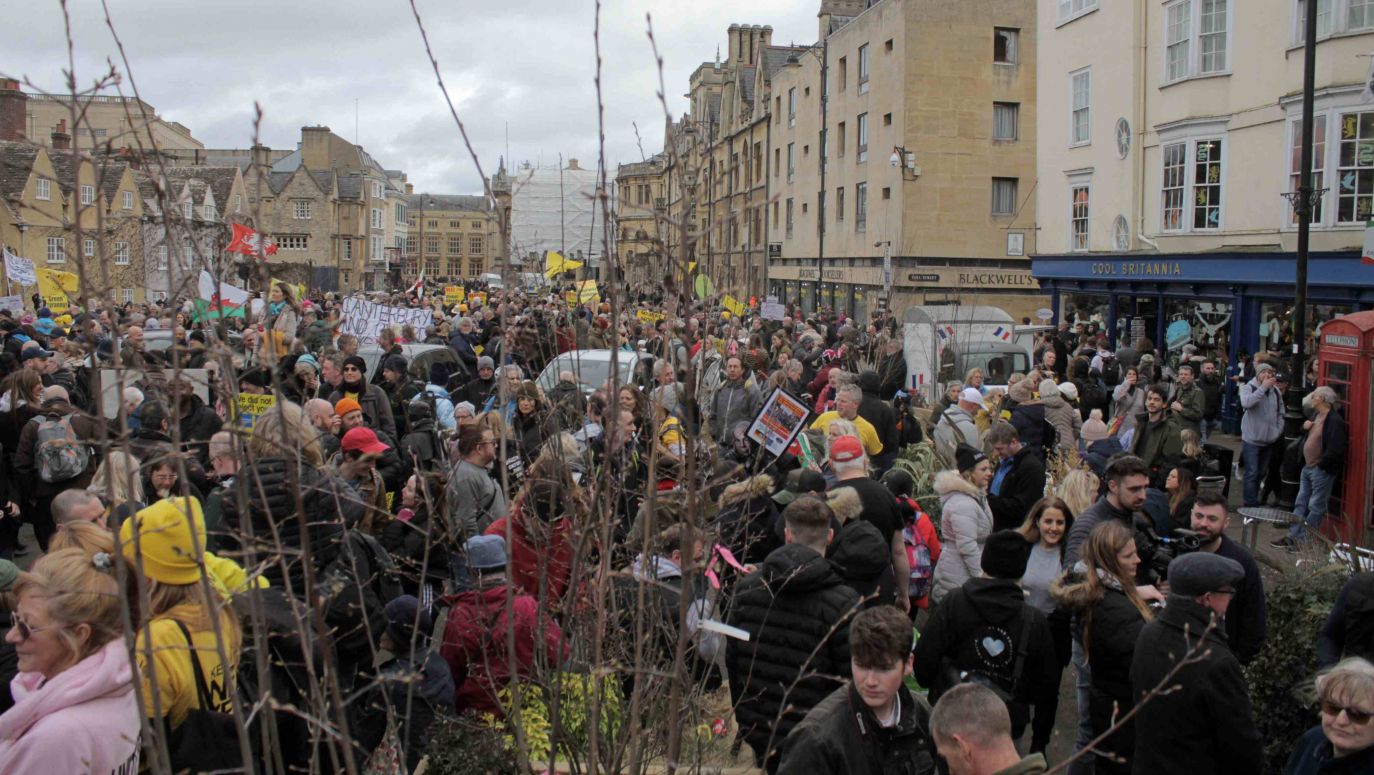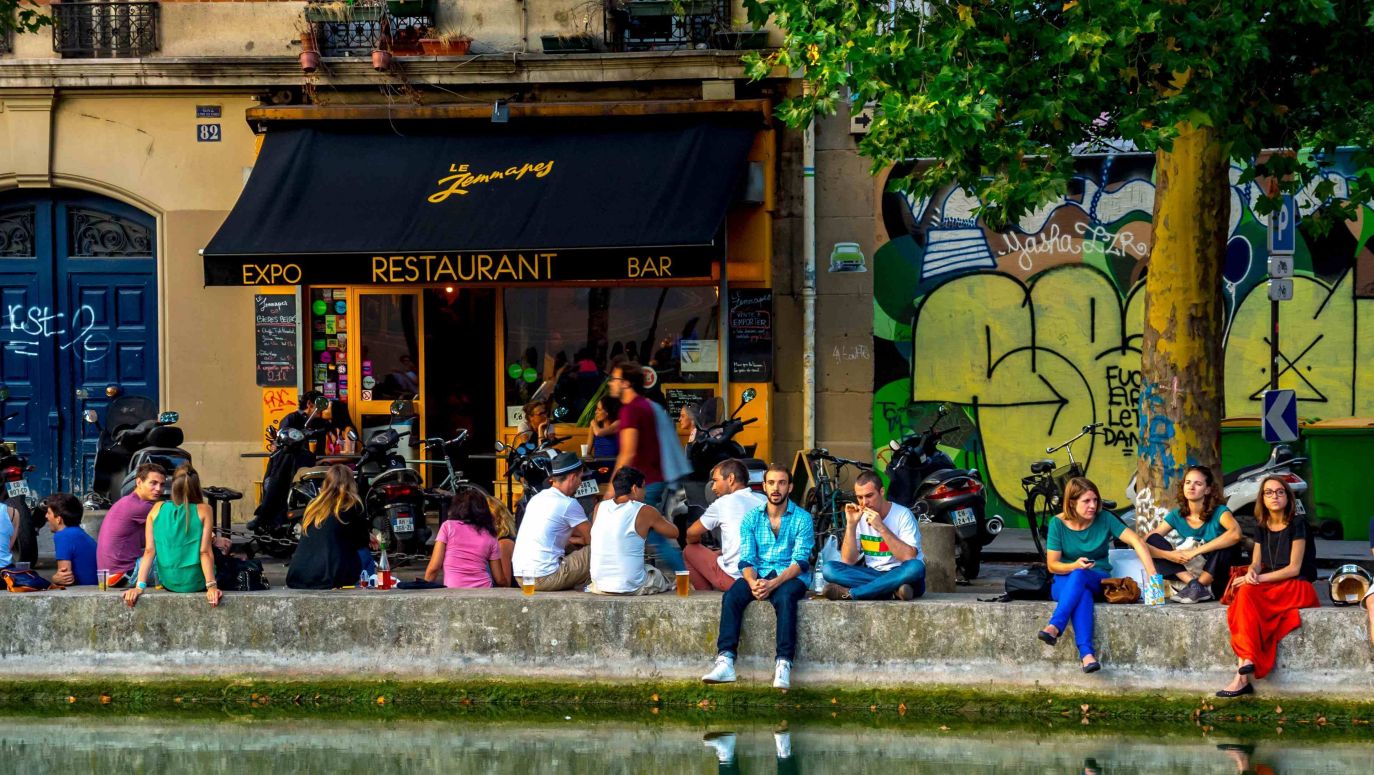One day Oxford residents found a leaflet in their letterboxes with the intriguing title: "Hi, guinea pig!". This was the way the organisation Not Our Future warned residents about the city's plans to introduce car traffic restrictions on main streets during rush hour. According to the organisation's members, this amounts to a de facto attempt to extend invisible control over residents. How else can one interpret the setting up of cameras to control traffic and scan the registrations of cars that do not respect the restrictions?
The Oxford authorities considered that everything the organisation writes about is pure insinuation. For they did not and do not intend to do so. They also claim - and with them the urban planners involved - that Not Our Future activists (including actor Laurence Fox, 2001 London mayoral candidate, and Neil Oliver, GB News journalist) are confusing the two issues. For it is one thing to restrict traffic in segregated areas of cities and another to work towards a 15-minute city (which the organisation also mentions). At best, Not Our Future succumbs to conspiracy theories; at worst, it deliberately fabricates fake news.
 SIGN UP TO OUR PAGE
SIGN UP TO OUR PAGE

And although this story happened some time ago, it is by no means isolated. Municipal authorities, not just in Oxford and not just in the UK, have earned distrust. They have accustomed residents to the fact that anything can happen in the city's backyard, even things that defy common sense. That they arbitrarily make decisions without considering the opinion of ordinary people. That they do not need to ask for their opinion, as they themselves know best how things should be. And finally - last but not least - they are all too often influenced by ideology, even though that is not why they were elected and that is not their job.
No to drivers, yes to LGBT
What should an ideal city look like, one in which inhabitants live in peace, prosperity, a sense of justice and security? The question is not new, as it was already on the minds of late Renaissance thinkers. Freedom, equality, justice, prosperity, but not wealth - these were the principles followed by the inhabitants of the island of Utopia described by Thomas Morus and by the inhabitants of the City of the Sun in the work of Tommaso Campanelli. Both had a say in their own destinies, not least because they elected their own rulers and, when they proved unsuitable, removed them from office.
And the ideal city in its contemporary version? Constructing a picture does not seem difficult, because the city authorities, not without the help of an ideologically committed media base, do not fail to provide residents with a vision of what they would like to realise.

 SIGN UP TO OUR PAGE
SIGN UP TO OUR PAGE
 And although this story happened some time ago, it is by no means isolated. Municipal authorities, not just in Oxford and not just in the UK, have earned distrust. They have accustomed residents to the fact that anything can happen in the city's backyard, even things that defy common sense. That they arbitrarily make decisions without considering the opinion of ordinary people. That they do not need to ask for their opinion, as they themselves know best how things should be. And finally - last but not least - they are all too often influenced by ideology, even though that is not why they were elected and that is not their job.
And although this story happened some time ago, it is by no means isolated. Municipal authorities, not just in Oxford and not just in the UK, have earned distrust. They have accustomed residents to the fact that anything can happen in the city's backyard, even things that defy common sense. That they arbitrarily make decisions without considering the opinion of ordinary people. That they do not need to ask for their opinion, as they themselves know best how things should be. And finally - last but not least - they are all too often influenced by ideology, even though that is not why they were elected and that is not their job.





